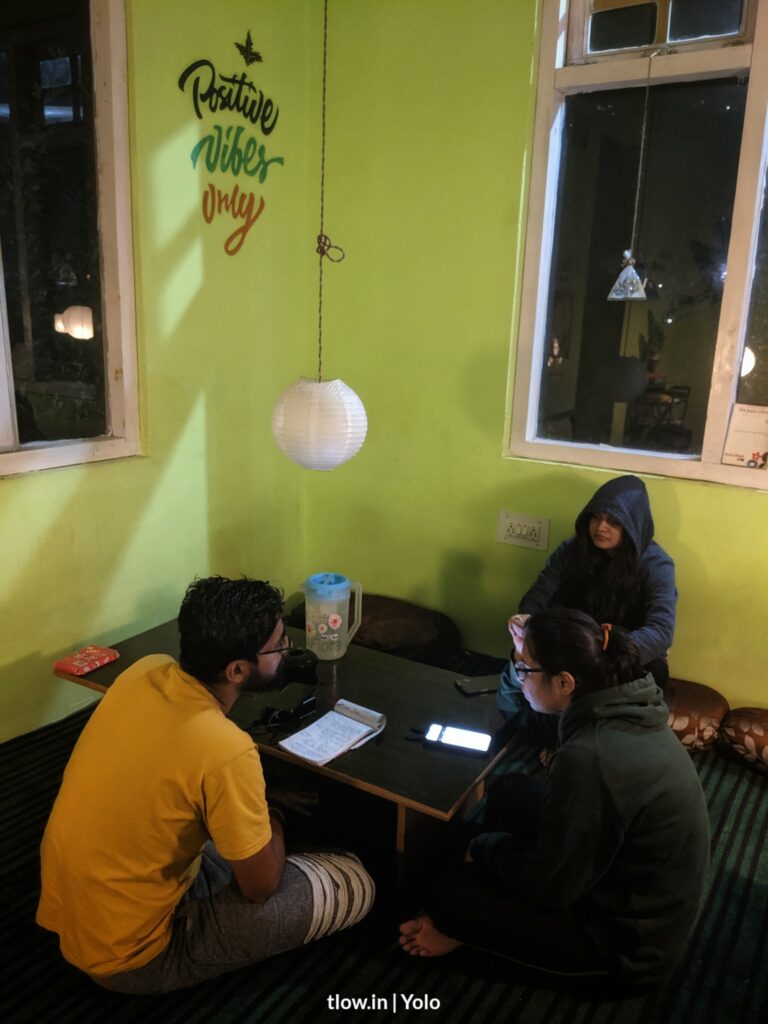
10 superb tips for guest posting
Guest posting is a valuable opportunity to showcase your expertise, reach a new audience, and build relationships with other bloggers. Put effort into creating a high-quality and engaging post that brings value to both the host blog and its readers.
Table of Contents
1. Choose the right platform:
Look for reputable websites or blogs that align with your niche or industry. Make sure the platform has a good readership and engaged audience. Take the time to understand the blog’s target audience, writing style, and content topics. This will help you tailor your guest post to appeal to the readers and fit seamlessly into the blog.
2. Research the posting guidelines:
Each website or blog will have its own set of guidelines for guest posting. Read and understand them thoroughly before submitting your pitch or article. Follow the guidelines closely to increase your chances of being accepted.

Each blog may have specific guidelines for guest posts, such as word count, formatting, or inclusion of images. Make sure to read and follow these guidelines carefully to increase your chances of getting accepted.
3. Come up with a unique and valuable topic:
Avoid writing on a topic that has already been covered extensively. Instead, focus on offering a fresh perspective or providing valuable insights to the readers. This will make your guest post more appealing to the website or blog.
Select a topic that is not only related to the host blog’s niche but also interesting and informative for the readers. Consider addressing a common problem or sharing expert advice that can benefit the audience.
4. Write high-quality content:
Ensure your article is well-written, informative, and free from grammar or spelling errors. Use proper formatting, include subheadings, and use bullet points or numbered lists to make it easy for readers to skim through. Provide actionable tips or include relevant data to support your points.
Craft a captivating headline that grabs the readers’ attention and makes them want to click and read your post. A strong headline is crucial in attracting readers and increasing the chances of your post being shared.

5. Add value to the readers:
Your guest posting should offer something of value to the readers. Avoid being overly self-promotional or salesy. Instead, focus on providing helpful information that will benefit the audience and establish yourself as an authority in your field.
Provide accurate information and support your points with credible sources or data. This helps build trust with the readers and adds credibility to your guest post.
6. Build relationships:
Guest posting is not just about getting your content published on other platforms. It is also an opportunity to build relationships with other bloggers or website owners. Engage with the audience in the comments section, respond to feedback, and share your guest post on social media to enhance your visibility and reach.
Divide your guest posting into sections or subheadings to make it easier for readers to skim through and understand the main points. Use bullet points or numbered lists to break down complex information into manageable chunks.

7. Include an author bio and backlinks:
Most guest posting opportunities allow you to include an author bio where you can introduce yourself and include links to your own website or social media profiles. Utilize this opportunity to share relevant information about yourself and link back to your own content or products/services.
Keep your writing style clear, concise, and engaging. Use short sentences, active voice, and avoid unnecessary jargon or complex terms that might confuse the readers.
8. Promote your guest post:
Once your guest posting is published, don’t forget to promote it. Share it on your own website, social media channels, and any newsletters you have. This will increase the visibility of the post and drive more traffic to the website or blog that published it.

Once your post gets published, make sure to promote it through your own channels, such as social media, email newsletters, or relevant online communities. This helps increase its visibility and reach.
9. Follow up and engage:
After your post has been published, continue to engage with the audience by responding to comments or questions. This will help you establish yourself as an authority and build connections with potential readers or customers.
Before submitting your guest post, thoroughly proofread and edit it for any grammatical errors, typos, or inconsistencies. A well-edited post reflects your professionalism and attention to detail.
10. Keep track of your guest posts:
Maintain a record of all your guest posts, including their publication dates, URLs, and any other relevant information. This will help you track your progress and measure the impact of your guest posting efforts.
End your guest post with a clear call-to-action, such as asking readers to leave comments, visit your website, or try a specific tip you mentioned in the post. This helps encourage interaction and engagement with the readers.











